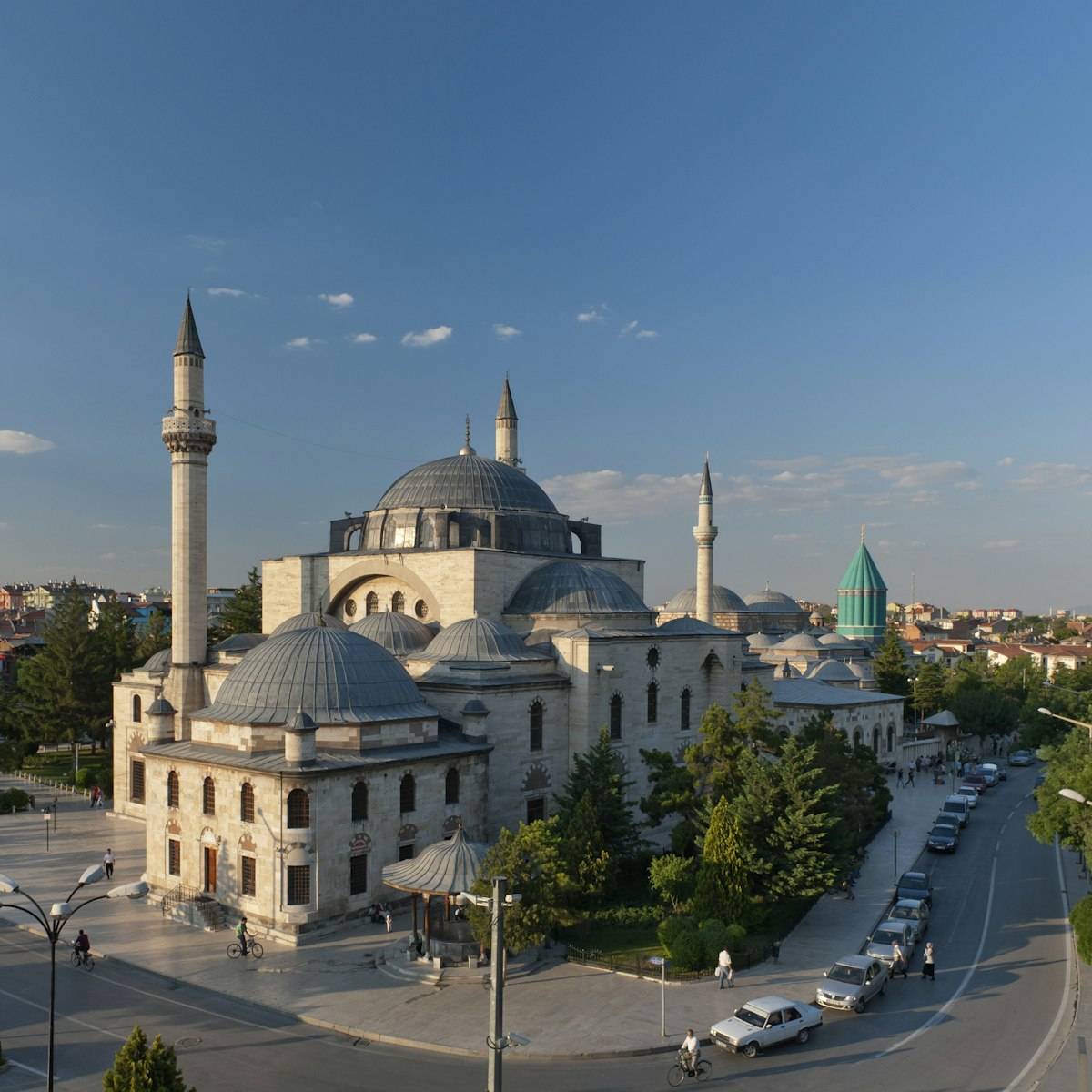
©Givaga/Getty Images
Türkiye
A richly historical land with some of the best cuisine you will ever taste, scenery from beaches to mountains and the great city of İstanbul.
Attractions
Must-see attractions

Sultanahmet
Right in the heart of İstanbul’s historic center, this sacred Byzantine building remains an important symbol of power.

Sultanahmet
Topkapı is the subject of more colourful stories than most of the world's museums put together. Libidinous sultans, ambitious courtiers, beautiful…

Göreme
This Unesco World Heritage site is an essential stop on any Cappadocian itinerary. First thought to be a Byzantine monastic settlement that housed some 20…

Istanbul
İstanbul has more than its fair share of Byzantine monuments, but few are as drop-dead gorgeous as this mosaic- and fresco-laden church. Nestled in the…

Konya
For Muslims and non-Muslims alike, the main reason to come to Konya is to visit this former lodge of the whirling dervishes and home to the tomb of…

South Aegean
Priene enjoys a commanding position just below Mt Mykale, giving it a real natural grandeur. This Greco-Roman site is delightful to explore, with pine…

Sultanahmet
The city's foremost archaeological museum is housed in three buildings close to Topkapı Palace. There are many highlights, but the sarcophagi from the…

Pamukkale
This ancient spa city's location atop Pamukkale's tourist-magnet travertines is quite spectacular. Founded as a curative centre around 190 BC by Eumenes…
Planning Tools
Expert guidance to help you plan your trip
Best Things to Do
With its history-soaked cities, spectacular landscapes and rich heritage, Turkey has something for every type of traveler. Here are the top things to do.
Read articleTransportation
Cheap, frequent domestic flights, generally well-maintained roads and a vast bus network give travelers ample options for getting around Turkey.
Read articleVisa Requirements
From visa costs to rules around cruise passengers, our guide to Turkey’s entry requirements covers everything you need to know before visiting the country.
Read articleBest Road Trips
With nearly 8000km of coastline and an incredibly diverse landscape, exploring Türkiye on a road trip is a delight. Here are 8 of our favorites.
Read articleGet Connected
Stay fully connected on your next trip to Türkiye with this guide to local wi-fi networks, roaming charges, eSIMs and data.
Read articlePlan with a local

Articles
Latest stories from Türkiye
Filter by interest:






 Destination PracticalitiesHow to get your cell phone connected in Türkiye: eSIMs, wi-fi and mobile networks
Destination PracticalitiesHow to get your cell phone connected in Türkiye: eSIMs, wi-fi and mobile networksDec 4, 2024 • 6 min read
 ActivitiesA first-time guide to Giresun and Ordu on Türkiye’s Black Sea Coast
ActivitiesA first-time guide to Giresun and Ordu on Türkiye’s Black Sea CoastJul 29, 2024 • 6 min read


in partnership with getyourguide

























